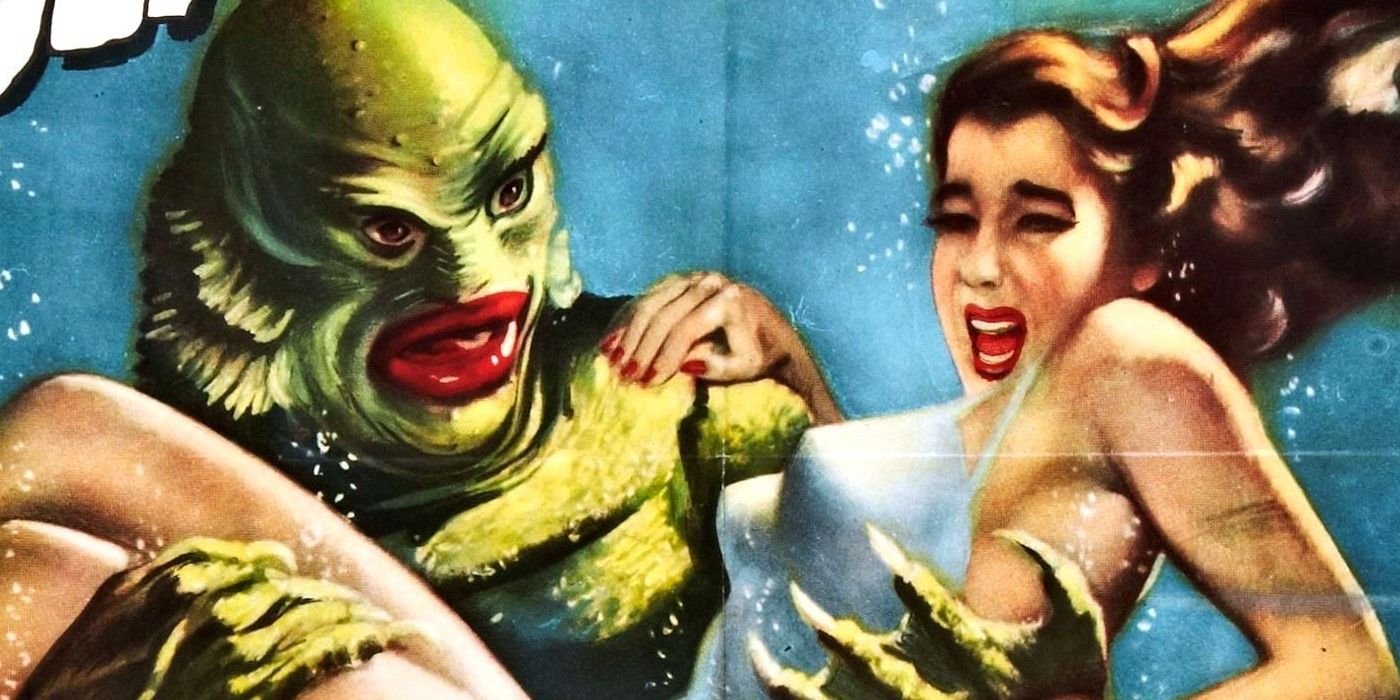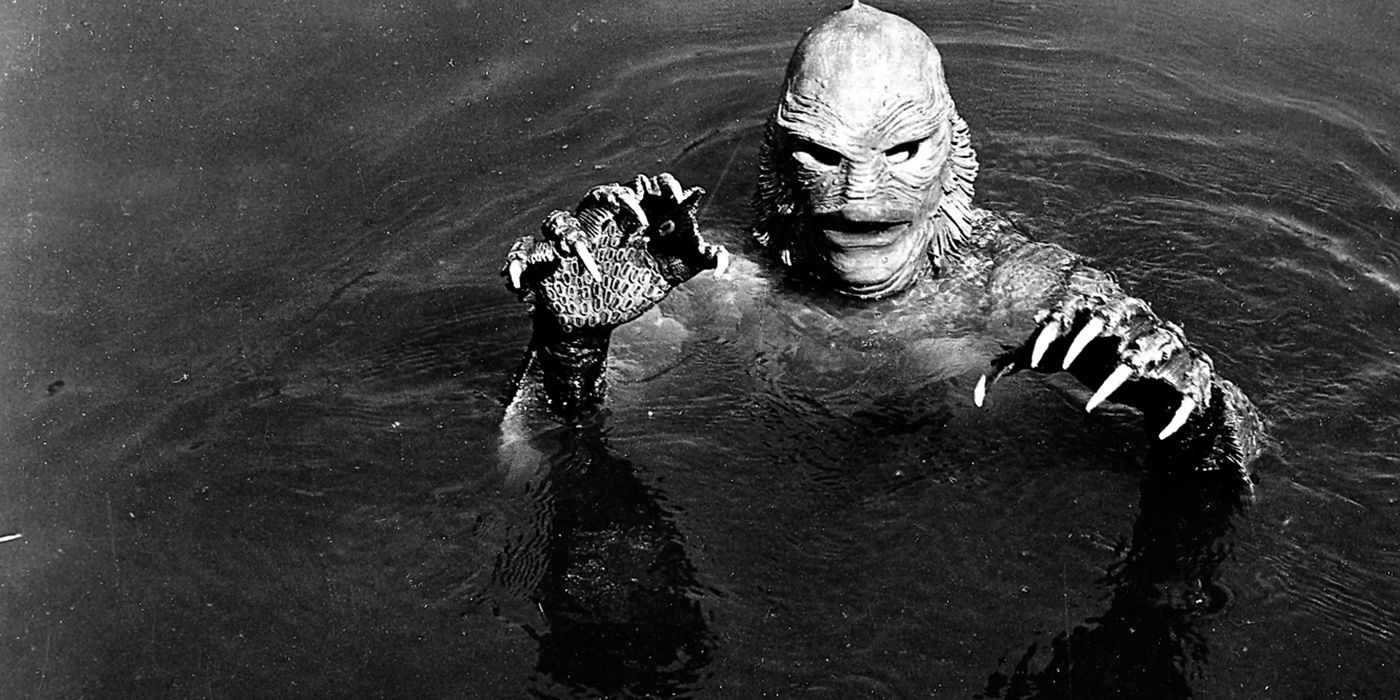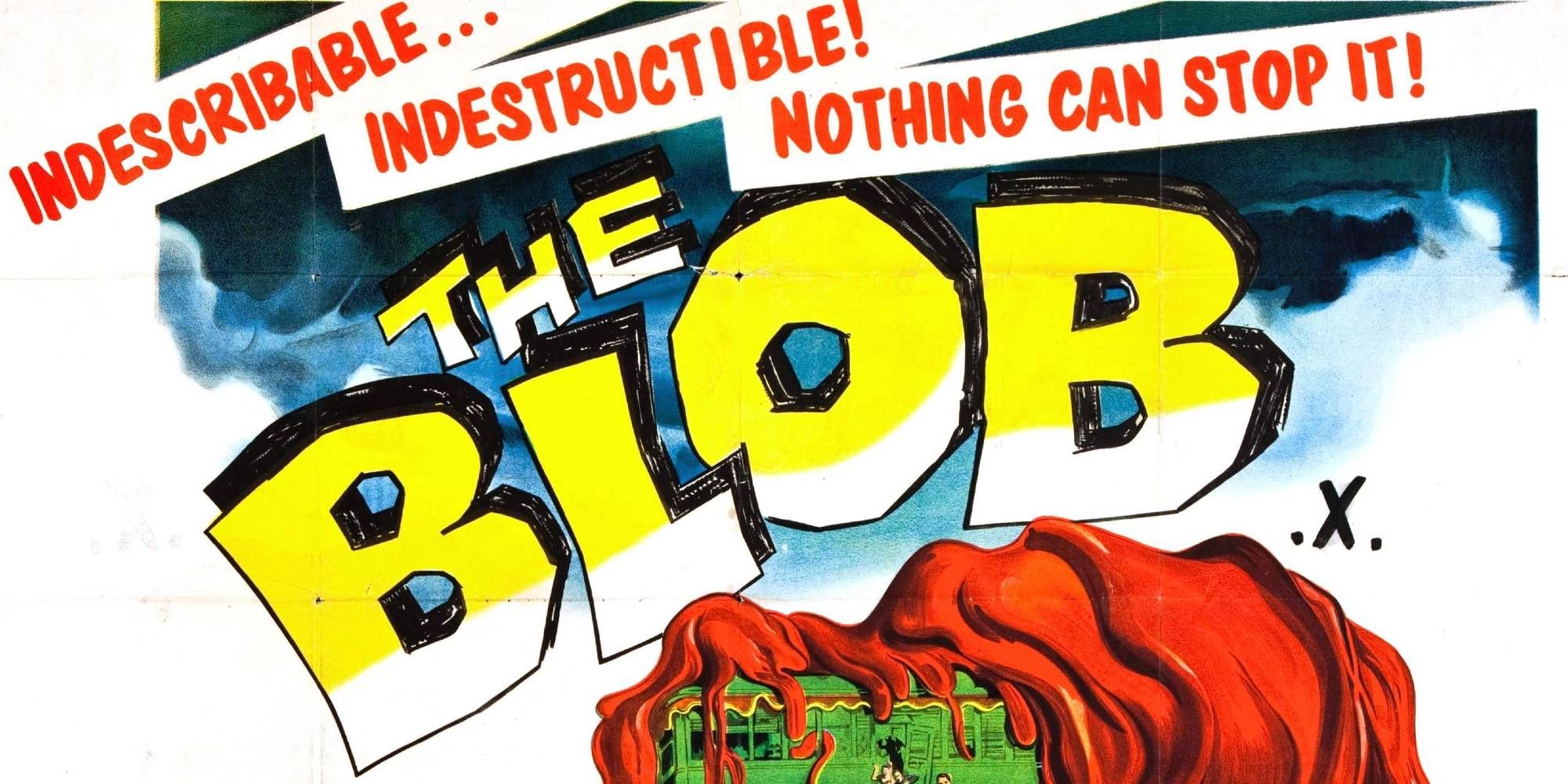The Universal Classic Monsters have been beloved for nearly a century, thanks to how timeless the films have been. No matter the age of the viewer, it's easy to empathize with some of the franchises' most tragic characters, but one character, in particular, came at the tail end of its era, just before the landscape changed forever. As a result, The Creature From the Black Lagoon became a franchise that was more than a monster film. It was one of the first sci-fi monster movies.
Released in 1954, The Creature From the Black Lagoon followed a group of scientists who traveled to the Amazon River, hoping to find the remains of an ancient humanoid that could be the missing link. What they found was all but ancient and was, in fact, very much alive. The Gill-Man spent the film fighting off these invaders and even trying to take one of the crew to be his bride, of sorts.
This story eventually kick-started a tragic trilogy for the Gill-Man that ended with him being unable to return to the water; however, he was not human enough to be accepted on land. While this fit at home with the other Universal Monster movies, the Creature of the Black Lagoon franchise also made way for another genre, as seen with its first film.
The first film in the series is technically a monster movie, but its science and the era it released also made it a '50s creature feature. As one of the forefathers of this new genre, The Creature From the Black Lagoon helped see that films like The Fly, Tarantula and The Blob would eventually be released, but how were these films so different from the Universal Classic Monsters and what they represented?
Thematically, the sci-fi films of the atomic age were more inclined to have audiences contemplate the dangerous power of radiation. Furthermore, they also played on the massive unknown realms that science had to offer. As a result, these films took them to the farthest extremes to act as cautionary tales for humanity to never meddle farther than what's ethical. It was less about pitying the monster and more about learning from the mistakes that led to its creation, so what made Gill-man different yet similar was that he was a monster fundamentally affected by humanity, and audiences pitied him and thought critically about how humanity changed him.
The Creature From the Black Lagoon also had a more energetic and action-packed story compared to the monster films that had been released a decade prior. This same level of spectacle would later become a staple for sci-fi creature features and push special effects to the limit. In fact, what was established then would eventually help create even grander films in a style similar to King Kong.
Ultimately, The Creature From the Black Lagoon is the last Universal Classic Monster for a reason, but the film's contributions not only put a fantastic final stamp on the iconic franchise; it also helped introduce audiences to a newer and more daring world of science fiction and monster movies. It may not have the same foreboding atmosphere as what came before, but it helped show filmmakers that even the most outrageous films can have a thought-provoking core.



